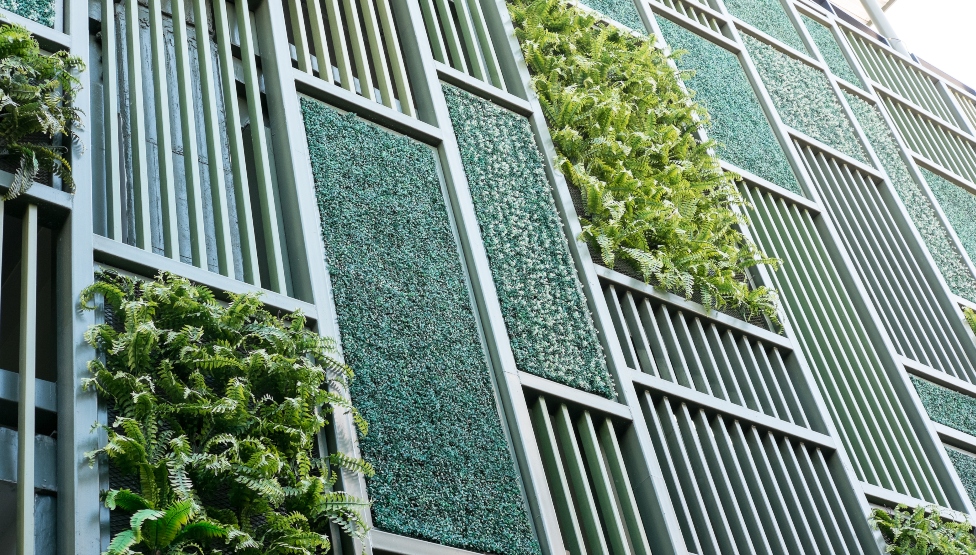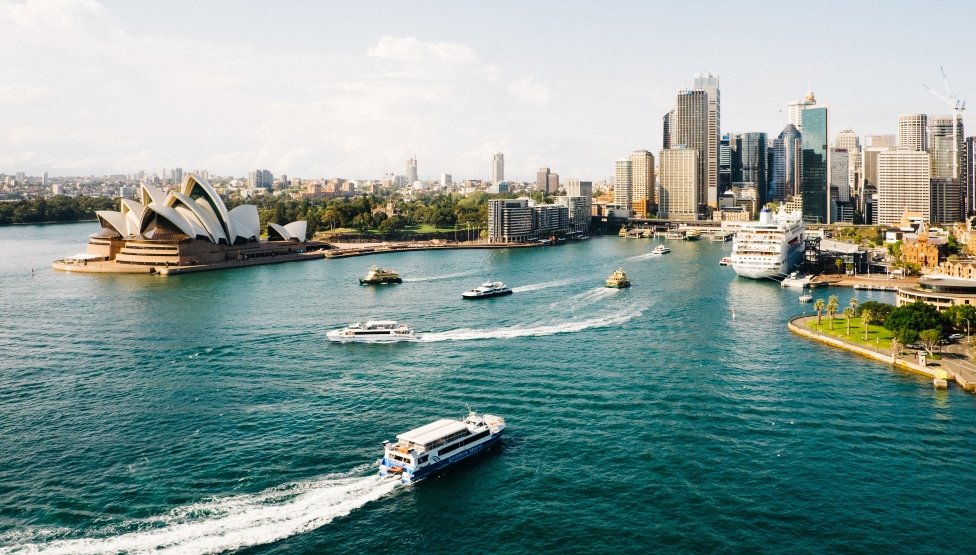The global rise of sustainable finance
A year on since we highlighted the rise of sustainable financing as a fundamental driver of investment resilience, sustainable lending has continued to develop at pace across the globe.
5 minutes to read
Central banks and governments around the world have announced new frameworks designed to promote sustainable finance in particular, and we have also seen further growth in sustainable lending across the commercial real estate sectors. While Europe remains a leader in this space, other locations, from China to Canada, are rapidly catching up.
EMEA
Europe has been an early adopter and leader in the rise of sustainable finance. In the first half of 2021, nearly half of global sustainable lending came out of Europe. The demand for sustainable finance is supported by central banks implementing new policy initiatives to facilitate the transition to a net-zero carbon emissions economy.
With the built environment accounting for about 40% of total carbon emissions, both bank and non-bank lenders across Europe increasingly consider ESG credentials in their real estate lending.
At the EU level, real estate financing activities will need to be aligned with the EU taxonomy and meet the Technical Screening Criteria amongst other standards.
"With the built environment accounting for about 40% of total carbon emissions, both bank and non-bank lenders across Europe increasingly consider ESG credentials in their real estate lending."
In the UK, the Bank of England has had its remit extended to support carbon targets and develop green finance, while the government has created the Green Technical Advisory Group (GTAG) to create a taxonomy that will act as a framework for green investment and mitigate the risk of greenwashing.
We expect the real estate market to see more sustainable financing over the coming year as the political and regulatory focus on developing a greener economy increases.

APAC
Asia-Pacific is quickly catching up to the rest of the world and we see governments across the region actively fostering an ecosystem for sustainability. There are now sustainability reporting requirements in stock exchanges and green lending facilities across the region to incentivise ESG goals and investment into green technology.
Singapore’s Green Plan 2030 includes the goal of transforming the country into a green finance hub for the region, while South Korea has announced a bolstering of its green finance programme through a number of measures including a public-private joint task force.
"Singapore’s Green Plan 2030 includes the goal of transforming the country into a green finance hub for the region."
In China, a high priority for the central bank (PBOC) – second only to price and economic stability – is to accelerate the creation of a green financing system.
The PBOC is to offer other banks low-cost funding to provide discounted loans to companies making significant impacts on emission reductions. This move makes ESG a high priority for China’s corporations and its commercial real estate sector.
The Bank of Japan has announced a new climate lending facility that offers interest-free loans to banks, allowing them to provide financing for environmentally friendly projects or companies.
To be launched by year-end, it will run until 2030 and provide loans with a term of up to one year. Commercial banks that provide loans under the new facility will have their reserves exempted from the negative interest rates currently charged on their deposits.

The Americas
By the end of H1 2021, the Americas accounted for 43% of global sustainable lending, according to Refinitiv, the highest share since records began, meaning the region is rapidly catching up with EMEA.
While overall, there are fewer sustainable financing structures in place in the Americas compared to other locations, there is evidence of banks undertaking sustainable commercial real estate lending in the US.
"There is evidence of banks undertaking sustainable commercial real estate lending in the US."
Fannie Mae, The Federal National Mortgage Association, has also started to lend green financing against multifamily residential, offering preferential pricing and turning these loans into green bonds.
Canada also saw its first sustainable lending to real estate in 2020 and this is expected to expand at pace, while sustainable bond financing, more generally, is seeing growth in Latin America.
How is this impacting local lending markets?
Around the world, the growing green agenda is having a direct impact on lenders and borrowers. We caught up with Lisa Attenborough, our Head of Debt Advisory in London, and Brad Nelson, our Head of Debt Advisory in Sydney, for an ‘on the ground’ view.
How is the green agenda changing lending criteria in London?
Attenborough: The beginning of 2021 signalled a new era of real estate lending, one where debt providers, on a global scale, acknowledged the part they must play in bringing environmental considerations to the front of borrowers’ minds.
In Q1, this manifested itself in a drive towards offering green loans which presented pricing benefits to the borrower. In Q2 and Q3, the level of detail and ESG analysis undertaken by lenders has stepped up.
For example, it is no longer enough for a borrower to simply claim to consider ESG requirements. Now, they have to evidence those claims.
"It is no longer enough for a borrower to simply claim to consider ESG requirements. Now, they have to evidence those claims."
Lenders are interrogating business plans and asking questions regarding refurbishments carried out on a net-zero carbon basis; energy efficiency standards; on-site renewable energy generation and water reduction; contractors; their approach to whole-life carbon impacts of construction methods; and material selection.
This enhanced diligence into ESG claims is a reflection of how seriously this subject is now being taken.

What is the state of sustainable financing in Australia?
Nelson: It is early days for ESG financing in Australia and currently, the focus is more from the borrower side in terms of establishing their “green” credentials through ESG consideration with dedicated internal resources that have oversight of assets and performance based on ESG principles.
However, there is evidence of global banks rewarding green buildings with lower debt pricing on a like for like basis. We also have federal government financiers such as the Clean Energy Finance Corporation (CEFC) and Arena who actively assist in this approach, CEFC in particular.
"There is evidence of global banks rewarding green buildings with lower debt pricing on a like for like basis."
Local banks are currently tending to consider more the merits of the borrower and their strategy towards ESG. For example, banks are tending to do less with fossil fuel counterparties these days, i.e. they don’t lend to a sector, rather than provide differentiated pricing within a particular sector based on ESG or “green” credentials. However, we could see this begin to change over the coming years ahead.
Download Active Capital 2021